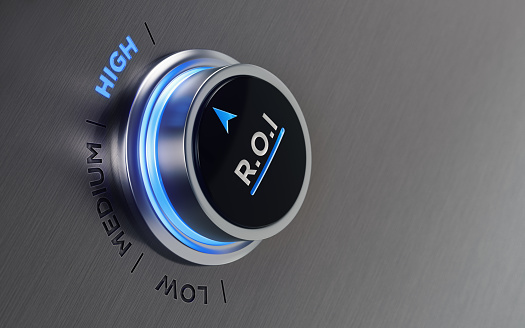Understanding the benefits of EMS
Implementing an energy management system is most likely the most impactful energy efficient investment a company can make. Although it can be very hard to accurately estimate the ROI of EMS, because of its indirect, long-term impact on your energy efficiency.
Energy management system can’t decrease your energy consumption for you, but it gives you all the necessary tools for you to better understand and manage energy expenditures. It delivers a smart analytics report which puts all the data from your building into perspective and allows you to make smarter, faster, data-driven decisions.

Energy Management Challenges
One of the biggest obstacles for wide implementation of EMS has been convincing management to obtain this often pricy solution. The problem lies in accurately estimating Return on Investment and being able to present executives with quantifiable results.
Almost 40% of managers say that lack of effectively measured metrics is the reason why they haven’t yet implemented EMS. Another 25% claims the lack of visibility of performance while the system is installed, to be the discouraging factor.
Some might argue that initial costs of implementation of IoT and EMS are too high, but full return on investment of properly applied IoT sensors, switches and analytics can occur in six months to two years.
ISO 50001
This certification has been introduced in 2011 and quickly became one of the most widely adopted management system standards. Part of reaching this certificate is implementing EMS system. ROI of implementing ISO 50001-based EMS highly correlates with what approach does management undertake regarding energy efficiency.
For example Costa coffee saw a 16% decrease in overall energy consumption after implementing generic EMS.
Factors contributing to higher ROI for EMS
The extent of ROI depends on multiple factors, such as the leadership and business processes that surround the software implementation. Because of this it’s often challenging to honestly assess company’s capabilities and potential for savings. Some of the factors that could drive up the ROI of EMS are:
-
Having an executive position responsible for energy management
-
Using third party expertise to asses energy performance gaps
-
Incorporating continues improvement models such as ISO 50001
-
Establishing culture that values and practises energy management
After acquiring Enectiva, Société Générale subsidiaries in Czech Republic experienced an overall decrease in energy expenditures of up to 60% , because it allowed them to tap into high savings potential.
Conclusion
The long debate as to the need for the energy management system is now irrelevant. We know that energy is a significant operating cost that is likely to rise. We also know that governments are implementing more legislation to reduce carbon reduction.
It’s time to get started with Energy management system, it is a proven way of collecting and analysing data for better, data-driven decisions and significant energy savings.
Let us help you with implementation of EMS in your company, just email us at info@enerfis.cz.